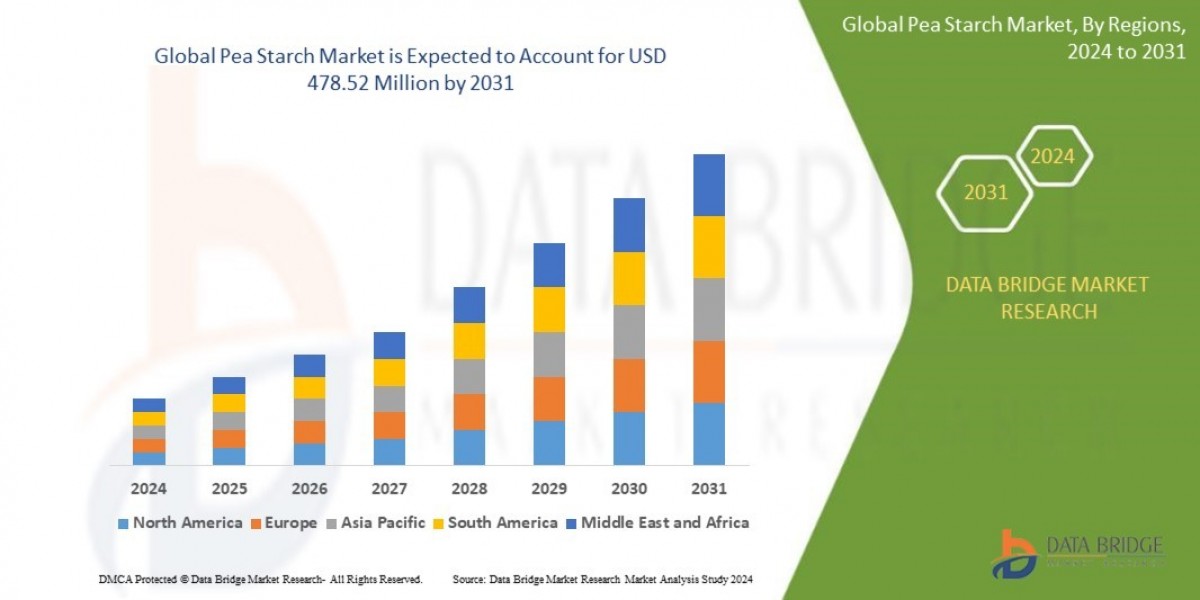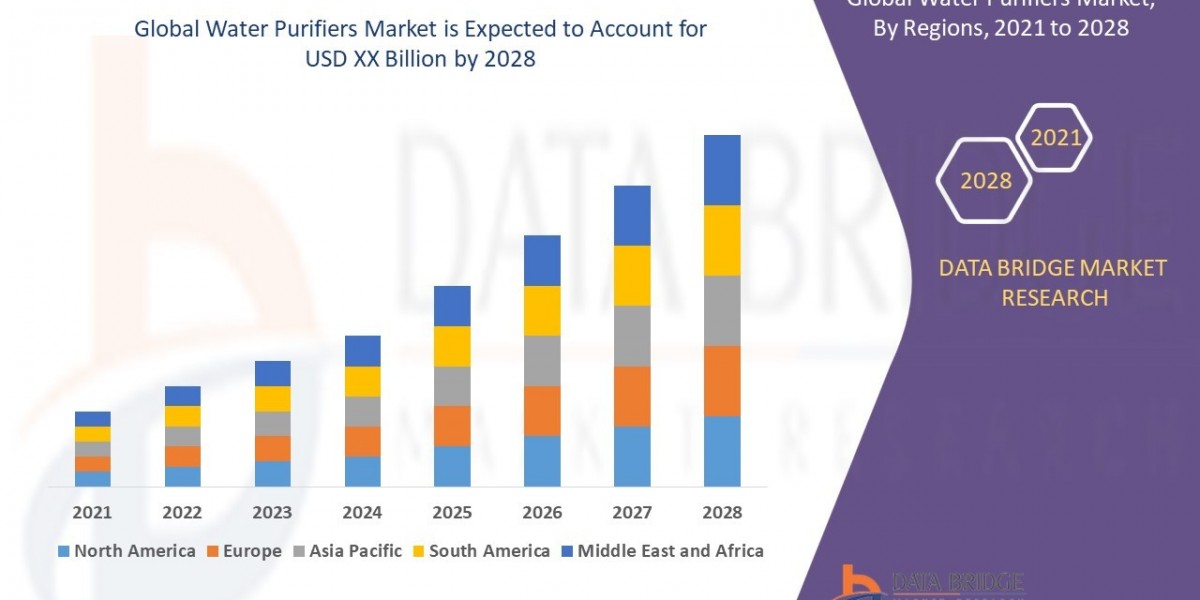The global push for sustainable energy solutions has created a surge in demand for advanced battery technologies. Among these, lithium-ion batteries have become a cornerstone of modern energy storage due to their high energy density, reliability, and long cycle life. The cathode material used in these batteries is a key factor in determining performance, safety, and cost-effectiveness. As industries such as electric vehicles (EVs), renewable energy, and consumer electronics continue to expand, the lithium-ion battery cathode material market is poised for significant growth.
Market Dynamics
The lithium-ion battery cathode material market is experiencing rapid expansion fueled by several factors. Increasing adoption of EV batteries is a major driver, as governments worldwide encourage the transition to zero-emission vehicles. In addition, the growth of energy storage systems for renewable energy integration, including solar and wind power, is pushing the demand for efficient rechargeable batteries. As these applications grow, the demand for high-performance and cost-effective cathode materials rises in parallel.
Popular Cathode Materials
Two types of cathode materials dominate the lithium-ion battery market:
- Lithium Iron Phosphate (LFP)
LFP cathodes are highly regarded for their safety, thermal stability, and affordability. They are widely used in mid-range EV batteries and large-scale energy storage systems. Manufacturers are continuously working to optimize the LFP cathode price to make these materials more accessible. While LFP cathodes offer slightly lower energy density than alternatives, they compensate with longer life cycles and enhanced stability in high-temperature environments. - Nickel Manganese Cobalt (NMC)
NMC cathodes are prized for their high energy density and suitability for premium EVs and high-performance applications. Variants such as NMC 811, which contain more nickel, provide greater energy output while reducing cobalt content. Suppliers of NMC battery materials are expanding production to meet increasing demand from electric mobility and renewable energy sectors, ensuring a stable supply for critical applications.
Key Market Drivers
Several factors are shaping the growth of the cathode material market:
- Electrification of Transportation: The rise in EV batteries is driving unprecedented demand for cathode materials, as automakers strive for longer range and higher efficiency in electric vehicles.
- Integration of Renewable Energy: With solar and wind energy becoming more widespread, the need for large-scale energy storage is increasing, boosting demand for reliable rechargeable batteries.
- Technological Innovation: Continuous improvements in cathode chemistry, including high-nickel NMC and coated LFP cathodes, are enhancing battery performance, safety, and cost-effectiveness. This enables cathode material suppliers to provide advanced solutions to the rapidly growing market.
Challenges in the Market
Despite significant growth opportunities, the market faces several challenges:
- Limited Raw Materials: The supply of lithium, cobalt, nickel, and manganese is geographically concentrated. This can affect the cost of NMC battery materials and the LFP cathode price, creating volatility in the market.
- Recycling and Sustainability: Proper recycling of end-of-life batteries is essential to secure long-term supply of cathode materials and reduce environmental impact.
- Competitive Pressure: While NMC offers higher energy density, its higher cost relative to LFP may limit adoption in price-sensitive markets. Manufacturers must balance performance with cost-efficiency.
Market Opportunities
The lithium-ion battery cathode material market offers numerous growth opportunities:
- Emerging Markets: Countries in Asia, Africa, and Latin America are rapidly adopting electric mobility and renewable energy, increasing demand for EV batteries and energy storage systems.
- Alternative Cathode Innovations: Research in safer, more efficient, and environmentally friendly cathode materials continues, with new developments in both NMC battery materials and LFP.
- Strategic Collaborations: Partnerships between cathode material suppliers and battery manufacturers are helping ensure a stable supply chain and meet growing global demand.
Regional Insights
The Asia-Pacific region leads the lithium-ion battery cathode material market, driven by large-scale EV production, extensive battery manufacturing infrastructure, and availability of raw materials. China, Japan, and South Korea are key hubs. Meanwhile, Europe and North America are investing heavily in EV and energy storage infrastructure, creating opportunities for rechargeable batteries and advanced cathode materials.
Future Outlook
The future of the lithium-ion battery cathode material market appears promising. With the global push for electric mobility, renewable energy adoption, and energy storage solutions, the market is expected to grow robustly. Key trends include improving the LFP cathode price, expanding production of NMC battery materials, and advancing sustainable manufacturing and recycling processes.
Companies that focus on innovation, efficiency, and sustainability are likely to emerge as leaders in the market. As EV batteries and rechargeable batteries continue to play a crucial role in reducing carbon emissions and enabling renewable energy adoption, the demand for high-performance cathode materials will only intensify.








